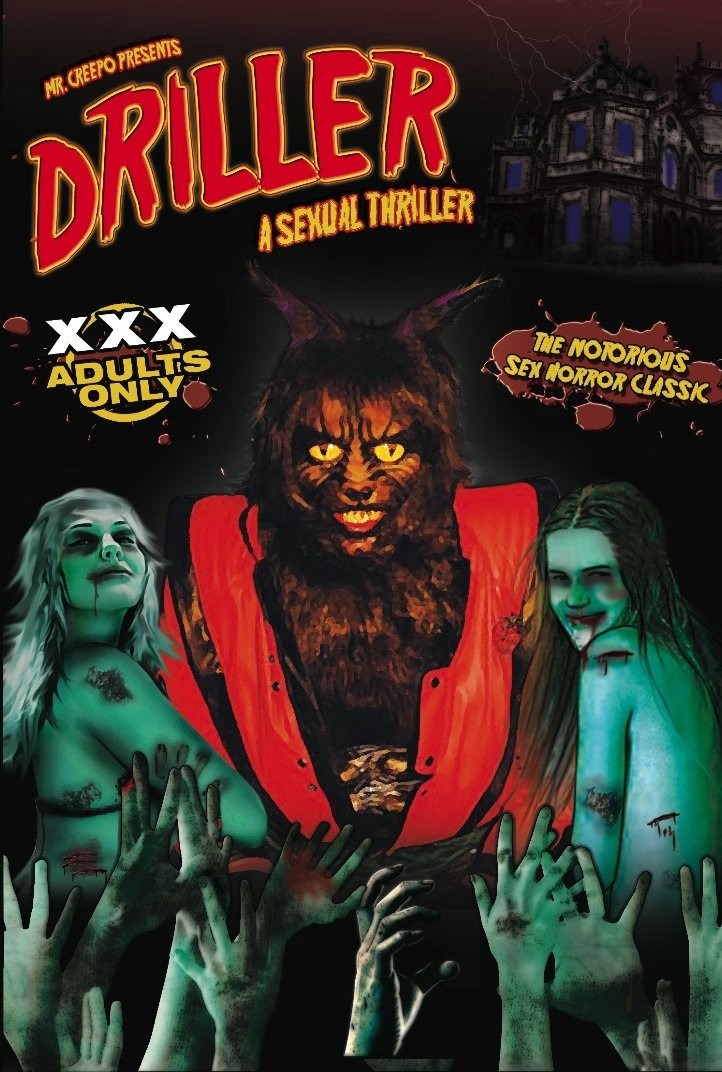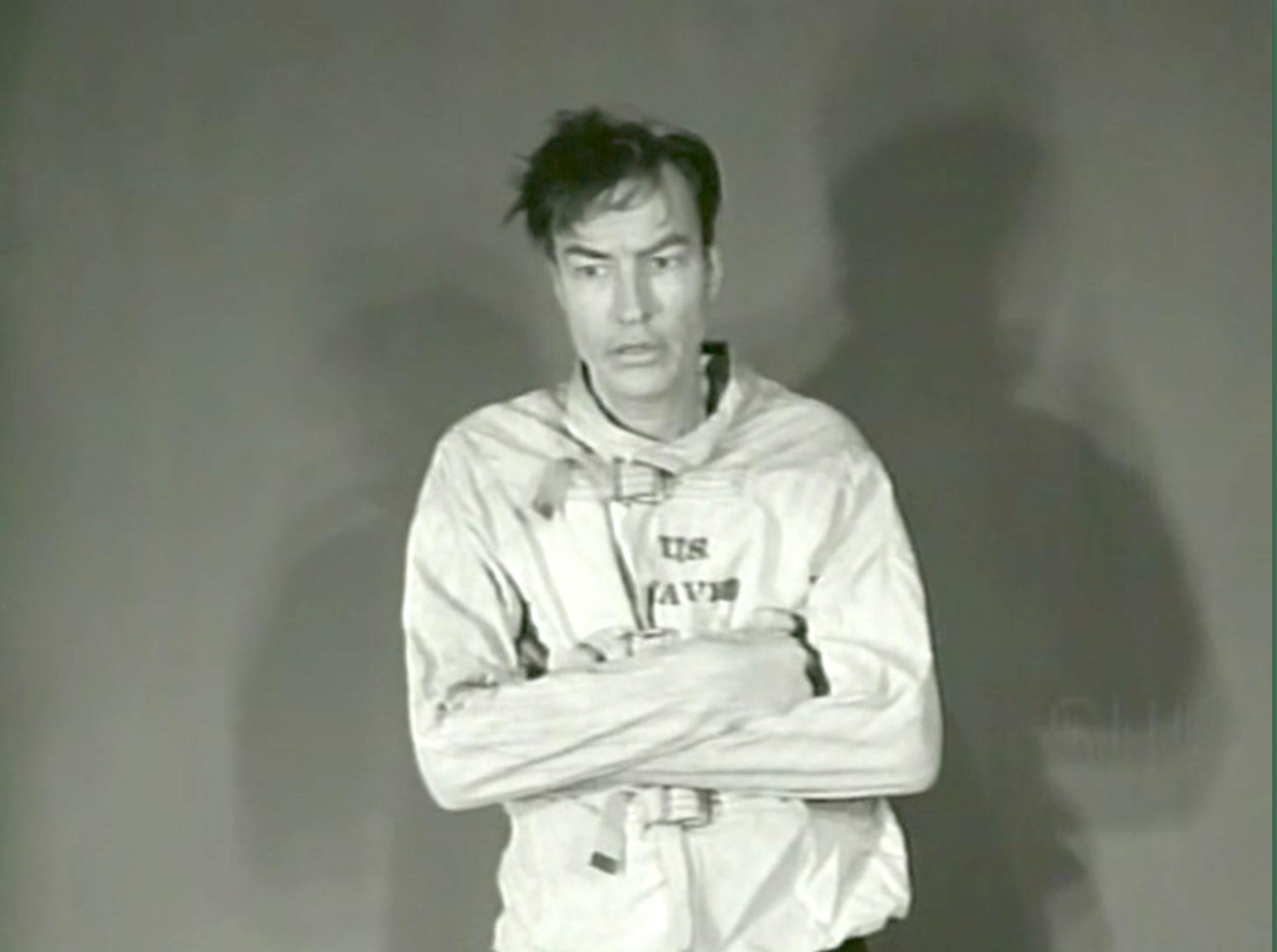
What if Tarkovsky was smacked on the head by an errant boom mic and woke up thinking he was a Japanese anime director? Oh, and he also thought he was a cat. I’m guessing if these unlikely events were to transpire, he would make something like Night on The Galactic Railroad. What a strange, strange movie.
Of course, it was not made by a bludgeoned Russian, it was made by Gisaburo Sugii in 1985. It is a philosophical and religious rumination on the nature of the universe, as discussed by blue and pink cats riding on a train bound for the end of the universe. It’s truly a melange of styles and approaches from Jodorowsky to Miyazaki, Diego Rivera to Max Ernst.

I don’t know if Sugii was intentionally emulating Tarkovsky, but his film feels similar to Tarkovsky's films in several ways. The movement is slow. Images slide steadily by and are cross-cut with looks of wonder on the protagonists’ faces. There are even languid fields of grain waving in the wind. The movie takes place in a strange space where giant expanses of empty cosmic infinity are punctuated by strange, little worlds, each with its own lesson or message to convey.

Our two protagonists are children, or should I say kittens. Kittens that talk and wear clothes. The pink one is named Campanells and the blue one is named Giovanni. I watched the subtitled version, and Campanells and Giovanni are the characters’ original names.
The two of them gaze out the window as parables unfold in front of them like dreams. The cats don’t say much, but everyone they come across seems to be a philosopher. They meet a bearded cat in a raincoat and fedora who explains to them, “I’m not sure what happiness really is. But if you keep to the true path and listen to your heart, even under terrible conditions, you can climb any mountain, no matter how high. I believe we can all reach true happiness, one step at a time.” It doesn’t have the profundity of Tarkovsky, but in its trite grade-school fashion, it is an attempt at philosophy. The noir cat is explaining this to a dripping-wet survivor from the Titanic who has suddenly appeared on board. He is the first human we see and is strangely dressed like a Mennonite. He answers the cat, “Yes. I agree. To reach true happiness we must serve God, even if we do so from the depths of our despair.”

The film has a heavy-handed Christian message. I’m not sure exactly what the message is, but in the above exchange, we have the tired, old appeal to submit to your totalitarian father in the sky, even if he is abusing you. I personally don’t know how Christians stand it. The film is full of references to the Bible and every one now and then breaks out into a hymn.
Near the end, the train pulls into Heaven as Handel’s Messiah plays and most of the people and cats disembark, but our two kittens stay on board to see where the train goes. It gets more interesting after Heaven. The kittens start wrestling with existential dread, mixed with a kind of Buddhist idea of offering your life to serve everyone. It’s confusing, but you get utterances like, “While maintaining the light, the lamp is lost.”
The film begins with a playful sense of wonder and slowly darkens, until we are left with struggle and sadness. Sugii is searching for transcendent meaning in a combination of Buddhist selflessness, Christian obedience, and the awe of astronomy. It all comes off as superficial and ham-handed, but the efforts at philosophy mingle with beautiful visuals to render something with a memorable atmosphere and quality all its own.

If you enjoyed this article you might also enjoy https://filmofileshideout.com/archives/tekkonkinkreet-is-one-of-the-best-anime-i-have-seen/



